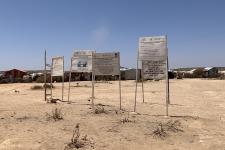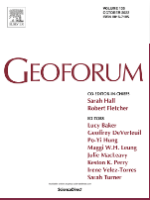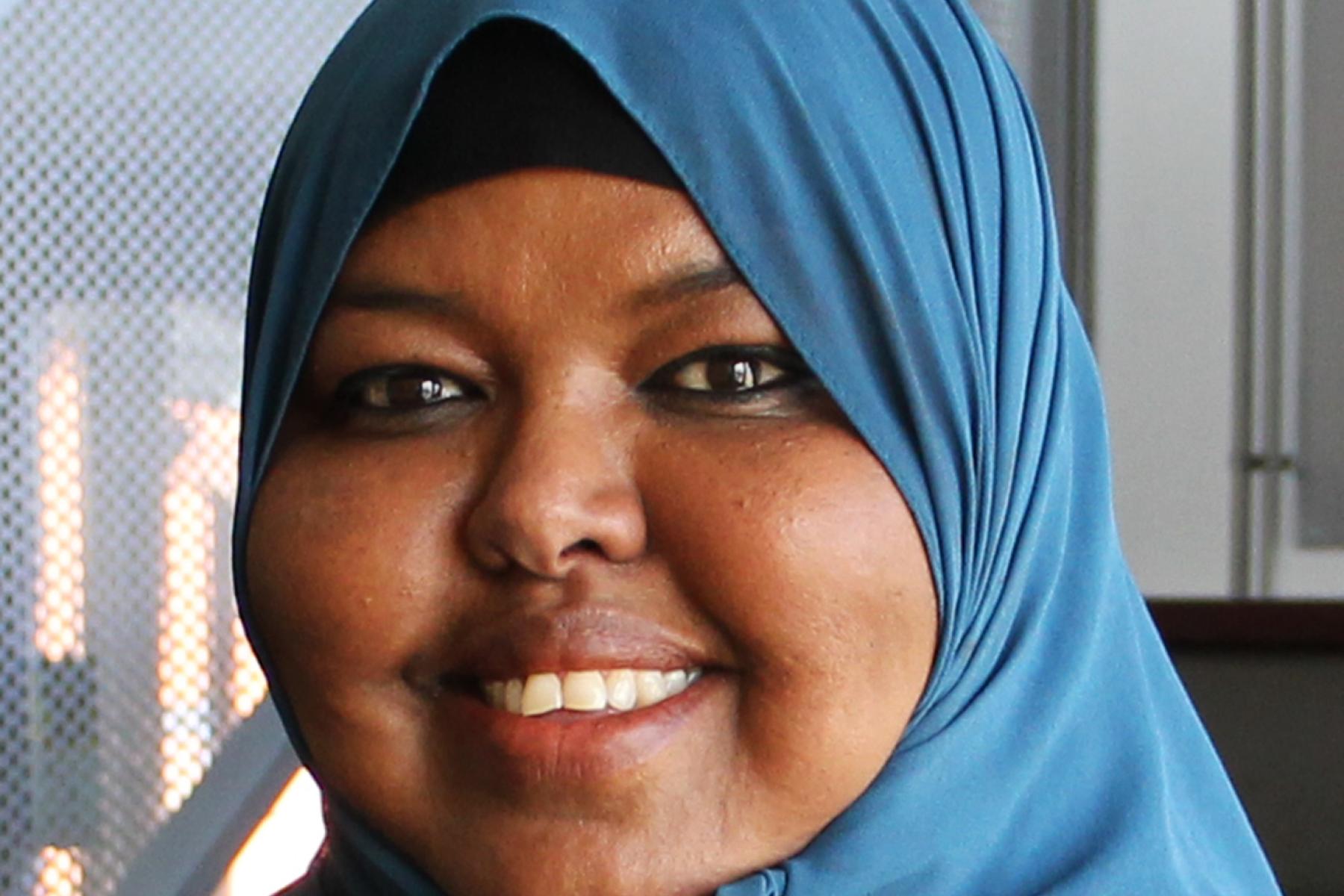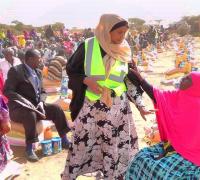‘Kinshipping’

Travel around Somalia and you will notice the presence of international aid. There are NGO-branded SUV’s, donor placards placed outside newly built schools, and highly secured air-conditioned offices for international staff. Less immediately apparent but at least as significant is assistance from the Somali diaspora – who are widely involved in sending money, food, and water – and even constructing schools, roads and hospitals across the Somali territories.
Why do we notice the former and not the latter? Whilst international aid involves recognisable institutions, and established humanitarian principles and bureaucratic procedures, Somali diasporic relief tends to work through segmentary and transnational kinship structures and logics.
To make this largely hidden diaspora activity visible, the article develops the analytical lens of kinshipping. This concept bridges a poststructuralist-inspired literature that conceives kinship in terms of dynamism and change with an emerging scholarship that emphasises the social and cultural dimensions of infrastructure. It shows that kinship relations have technical, material, and infrastructural properties. But it also highlights how the use of different infrastructures shapes social relations between geographically separated kin.
The article is based on multi-sited fieldwork across Somaliland/N. Somali territories as part of the D-HUM[link] project. It suggests that scholars of infrastructure, humanitarianism, and kinship studies could all benefit from a much closer reading and conversation with each other - taking connectivity, exchange, and circulation as a shared point of departure.
DIIS Experts




